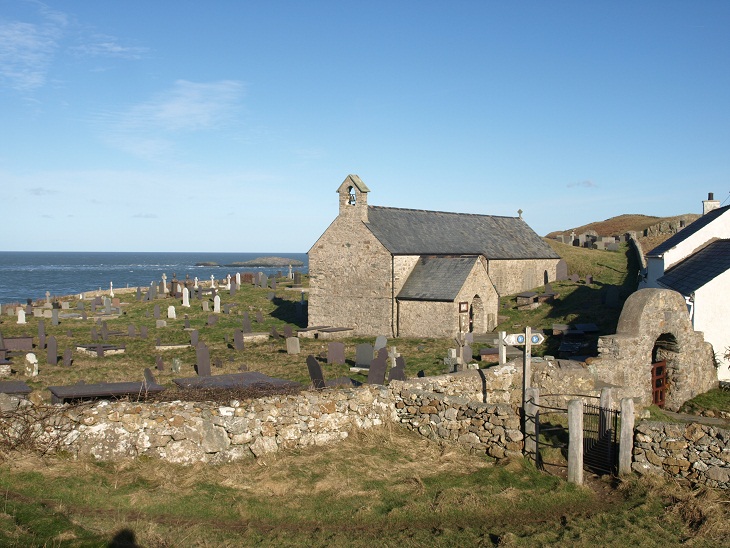Places of worship occupy a special place in the historic environment of Wales. There are around 5000 places of worship in Wales of which 3,000 are listed as having national architectural and historic importance.

Of these 214 are listed at Grade 1 – the highest classification.
The places of worship of Wales are largely Christian with Anglican and Presbyterian forming the largest individual denominations, although the largest number being independent ‘non-conformist’ chapels. Non conformist refers to individual congregations that rejected the established denominations through the 18th, 19th and 20th centuries and formed as local independent chapel communities. This pattern is challenging because so many of these buildings are under the care of local trustees with little centralised communication or network.
Interestingly, Wales has no Established Church (as is the case in England). The Church in Wales was created in 1920 as a separate province of the Anglican Communion and thus no one denomination has a special place in the legal and governmental framework of Wales.
Places of Worship in Wales (like the rest of the UK) are the responsibility of each local congregation, regardless of denomination, and there is no formal state aid to support them. Whilst there is limited grant aid for repairs available from government and lottery funds, this makes only a very small contribution to the actual annual repair costs of these buildings.
However, the sustainability of these historic places of worship is under threat for a number of reasons including dwindling congregations, a reluctance to consider new options or the capacity to take them forward.
In order to meet this challenge, there are increasing moves to try to act collectively and find new ways to support the sector in Wales. Welsh Government has recently produced a Strategic Action Plan for Historic Places of Worship in Wales available here.
This seeks to set out a framework for actions across the sector including establishing a Forum at which the issues and potential solutions can be discussed and progressed. The challenge for this Forum will be to turn plans into action on the ground and to communicate with a diverse sector.
Wales has always been a land of religious pilgrimage and Welsh Government has also published a Faith Tourism Action Plan which has resulted in a higher profile for faith tourism in Wales.
A new charity is being formed, which is called Sanctaidd (a Welsh word meaning sacred or holy), to try to support the sector through:
- Support and training
- Fundraising
- Increasing public understanding and appreciation
- Promotion of places of worship to visitors
- Inform and influence policy
- Share knowledge
The funding and sustainability of this new charity will be challenging, but fortunately it is working closely with the National Churches Trust.
Overall, it is an uncertain future for the places of worship in Wales but the special qualities of many of the places is overwhelming. Wales’ places of worship have been described as ‘thin’: They have a pronounced ephemeral quality, which makes the gap between heaven and earth very thin.
It is hoped that current attempts to bring the sector together and raise profile of the issues will ensure that new opportunities and ideas are shared and explored to better support this precious heritage.
Alex Glanville
Head of Property Services – Church in Wales





Follow us: